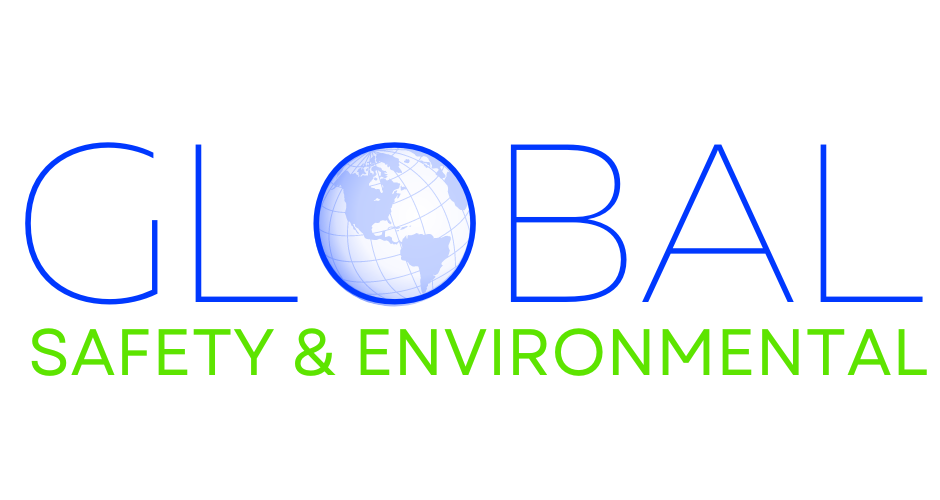Ensuring Workplace Safety: Recognizing Hazards and Implementing Effective Prevention Strategies
The workplace, a dynamic hub of activity, innovation, and productivity, is not without its inherent risks. Amidst the buzz of operations, a spectrum of potential hazards lurks, posing significant threats to the safety and well-being of workers. These hazards, ranging from physical dangers to ergonomic strains, can lead to injuries, illnesses, and even fatalities, disrupting work processes and causing immense distress.
Understanding and effectively addressing common workplace hazards is paramount for creating a safe and healthy work environment. This article delves into the identification and prevention of these hazards, empowering individuals and organizations to safeguard their workers and foster a culture of safety.
Common Workplace Hazards: A Landscape of Risks
Workplace hazards encompass a wide range of threats, each with its unique potential for harm. Here’s an overview of some of the most prevalent hazards:
-
Slips, Trips, and Falls: These seemingly innocuous incidents account for a significant portion of workplace injuries, often resulting from uneven surfaces, cluttered walkways, or inadequate lighting.
-
Physical Hazards: Unguarded machinery, exposed electrical wires, and hazardous chemicals pose physical dangers that can lead to cuts, burns, and other injuries.
-
Ergonomic Hazards: Repetitive tasks, awkward postures, and prolonged exposure to vibrations can cause musculoskeletal disorders such as carpal tunnel syndrome and back pain.
-
Fire Hazards: Flammable materials, faulty electrical equipment, and improper storage practices can increase the risk of fires, posing a serious threat to life and property.
-
Chemical Hazards: Exposure to hazardous substances, such as solvents, gases, and dust, can lead to respiratory problems, skin irritation, and even poisoning.
-
Biological Hazards: Bacteria, viruses, and other biological agents can cause illness or infection, particularly in healthcare settings and laboratories.
-
Psychological Hazards: Workplace stress, harassment, and violence can have detrimental effects on mental health and well-being.
Prevention Strategies: Cultivating a Safe Work Environment
Mitigating workplace hazards requires a proactive and comprehensive approach. Here are some key strategies for prevention:
-
Hazard Identification and Risk Assessment: Regularly evaluate the workplace to identify potential hazards and assess the associated risks.
-
Elimination and Substitution: Whenever possible, eliminate or substitute hazardous materials, equipment, or processes with safer alternatives.
-
Engineering Controls: Implement engineering controls, such as machine guards, ventilation systems, and fall protection equipment, to reduce exposure to hazards.
-
Administrative Controls: Establish policies and procedures to control workplace practices and reduce exposure to hazards.
-
Personal Protective Equipment (PPE): Provide and ensure proper use of PPE, such as gloves, masks, and safety glasses, to protect workers from hazards.
-
Safety Training and Education: Provide comprehensive safety training to equip workers with the knowledge and skills to identify, assess, and prevent hazards.
-
Incident Reporting and Investigation: Implement systems for reporting and investigating incidents to identify root causes and prevent recurrence.
Global Safety Training: Empowering Workplace Safety
Global Safety Training, a provider of online safety training, offers a comprehensive suite of courses designed to address the diverse safety needs of individuals and organizations across various industries. Our courses are developed by industry experts and aligned with the latest safety standards and best practices.
Global Safety Training’s online platform provides a convenient and accessible way for workers to learn about workplace hazards and safety procedures at their own pace.
Embracing a Culture of Safety
Navigating the workplace requires vigilance and a proactive approach to safety. By understanding common workplace hazards, implementing effective prevention strategies, and investing in comprehensive safety training, individuals and organizations can create a safer and healthier work environment for all. By prioritizing safety, we can foster a culture of prevention, protecting the well-being of workers and ensuring the continued productivity and success of our workplaces. Remember, workplace safety is not just a responsibility; it’s an investment in the well-being of our workforce and the future of our organizations.





